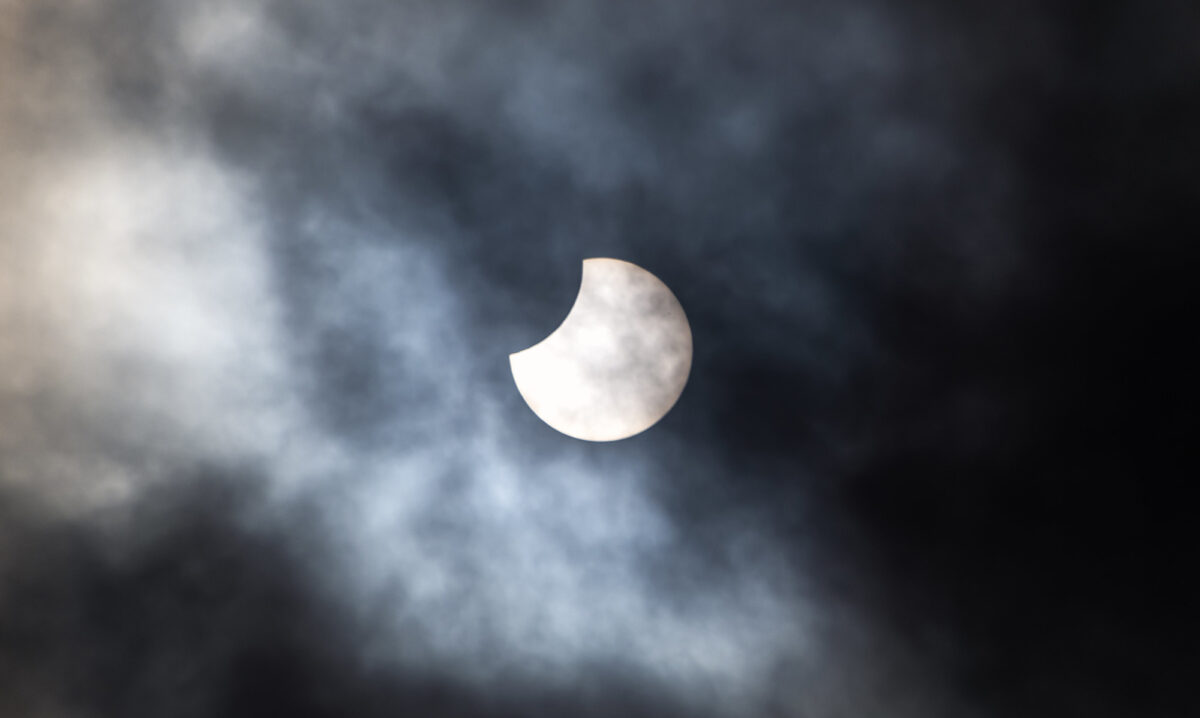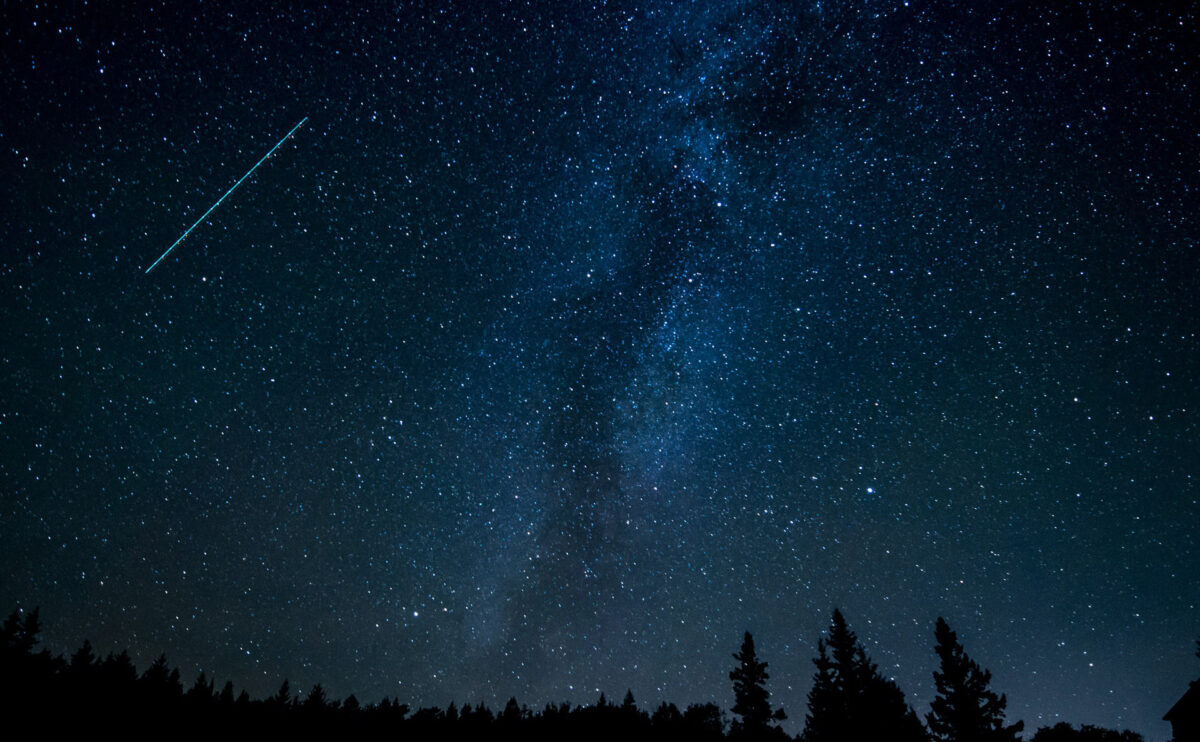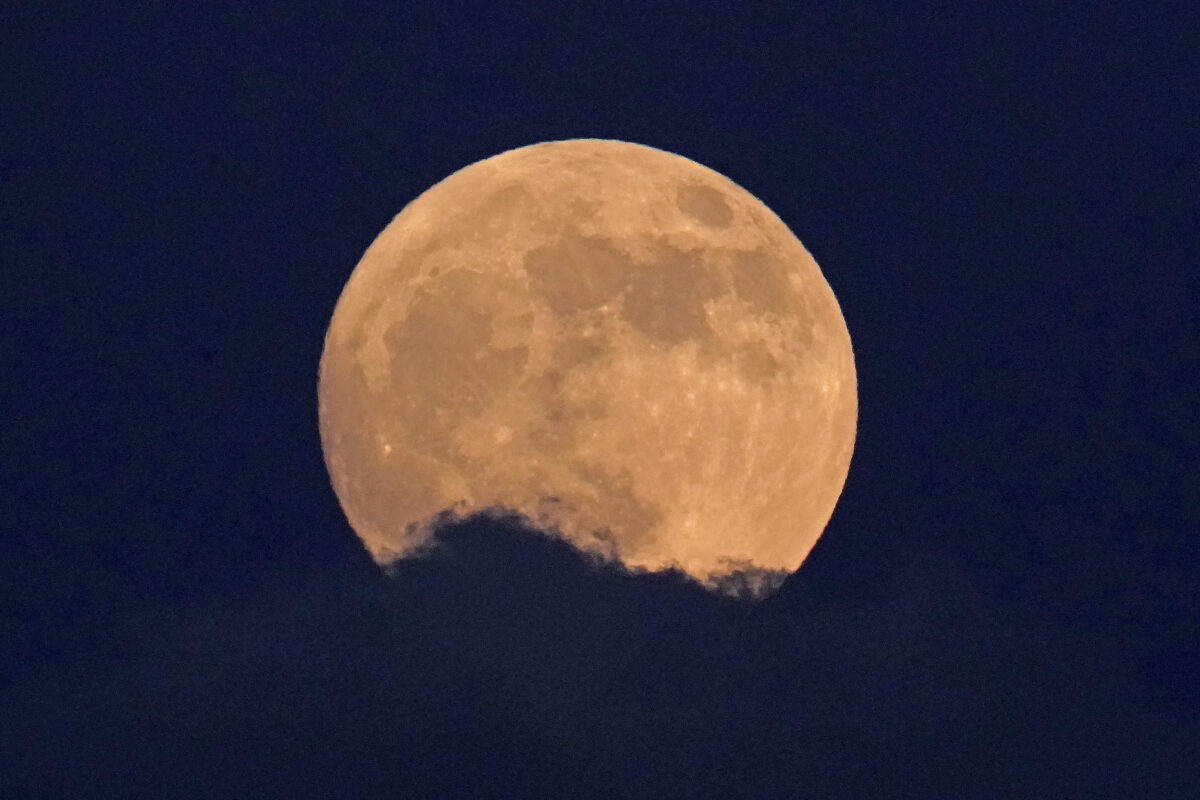With Halloween on the horizon, one spooky fact lingers in everyone’s mind. Soon, the year will come to an end. Only a little over two months remain in 2022. While there will be plenty of time ahead to stress about the holidays and reflect on your year, put away those concerns for now and focus on something fun. Today, the world experienced the last solar eclipse of the year.
The partial solar eclipse began on Oct. 25 at 4:58 a.m. and ended at 9:01 a.m. ET. Though the eclipse was only visible in parts of Europe, northeast Africa, and western Asia, people worldwide can enjoy a video of the four-hour eclipse process on YouTube.
If you’re an astronomy enthusiast, check out this For The Win gallery of stunning eclipse images, too. Is one gallery not enough to sate your space curiosity? Check out this list of even more incredible celestial events from 2022.



